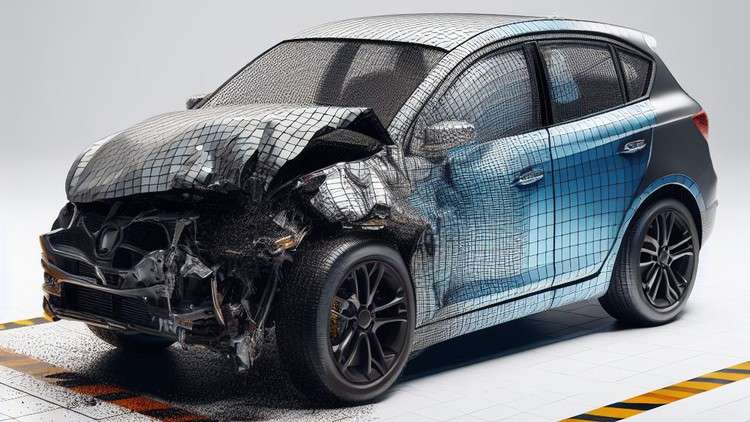
Introduction: An overview of explicit solid dynamics
What you will learn
A concise definition of Explicit Solid Dynamics
How to classify dynamic events according to the impact velocity
What are the opportunities and applications for explicit dynamics technology
What is the set of skills required by the industry
Where to find reliable references and learning resources
How the other modules of this course are structured
Description
The course “Understanding Explicit Solid Dynamics” is divided into three separate modules: Introduction, Theory and Practice.
In the Introduction module, you will be provided with a concise definition of explicit solid dynamics, and you will learn how dynamic events can be classified based on impact velocity. A wide range of possible industrial applications will be discussed, giving you a broad overview of where explicit dynamics technology can be used.
The module also gives you some insights into the basic, advanced, specific, and human skills required to become an explicit dynamics simulation engineer, based on over a decade of experience.
Towards the end of the Introduction module, recommendations of books, articles, and online resources will be provided. The objective is to make the students aware of complementary references for this course. Finally, the structure of the paid modules II and III (Theory and Practice) will be explained in detail to give you a comprehensive understanding of what to expect in the upcoming modules.
By the end of the Introduction module, students will have a clear view of the challenges addressed by explicit solid dynamics, an understanding of its diverse applications, and a clear idea of the skills required to succeed in this field.
Content